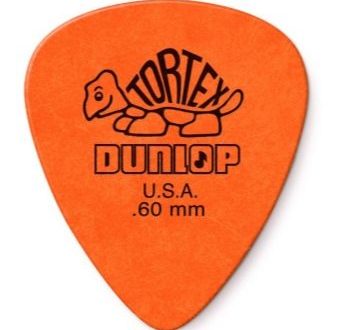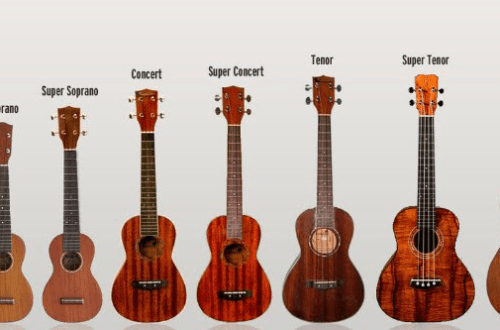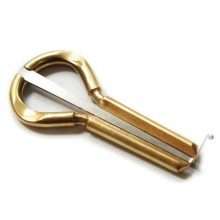
Features of the Chinese Flute
Knowing the features of the Chinese flute is necessary for everyone who chooses a more exotic instrument for themselves. Be sure to figure out how to play xiao. The music of the ancient bamboo musical instrument (transverse flute) is perceived very well even in the 21st century.

What is this musical instrument?
The ancient Chinese xiao flute is an outstanding cultural achievement of the ancient civilization. This wind instrument has a tightly closed bottom end. It is customary to use it both as a solo musical instrument and as part of an ensemble. Linguists agree that the term “xiao” itself appeared in imitation of the sound emitted. The division of Chinese flutes used now appeared at the turn of the 12th-13th centuries.
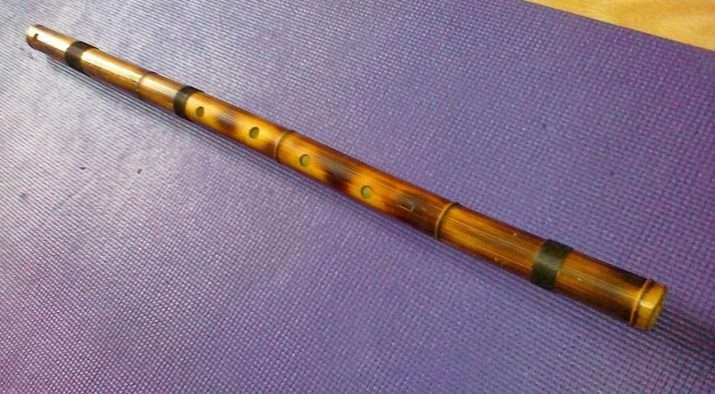
Previously, the term “xiao” was applied only to the multi-barreled flute, which is now called “paixiao”. Instruments with one barrel in the distant past were called “di”. Today, di is exclusively transverse structures. All modern xiao are performed in a longitudinal pattern. The exact time of the appearance of such flutes is not known for certain.
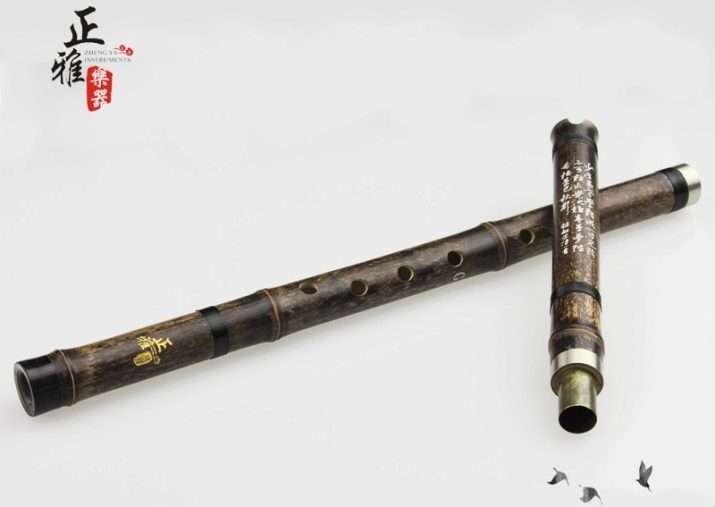
One version believes that they were created between the 3rd century BC and the 3rd century AD. Another hypothesis says that xiao began to be made as early as the 14th century BC. e. This assumption is based on the mention of some flutes on the dice of that time. True, what exactly that tool looked like and how adequately the definition of its name has not yet been established.
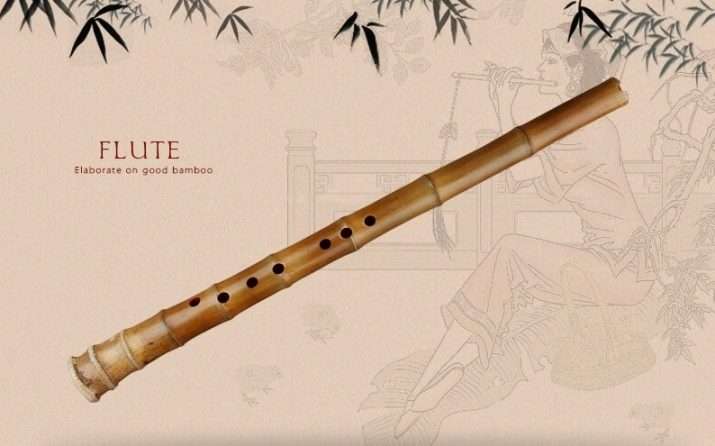
There is a version that xiao from animal bones began to be made about 7000 years ago. If it is correct, then it turns out that this is one of the oldest instruments on the planet. Longitudinal flutes that have come down to us for certain date, however, no earlier than the 16th century. A relatively large number of such products began to be made only from the 19th century.
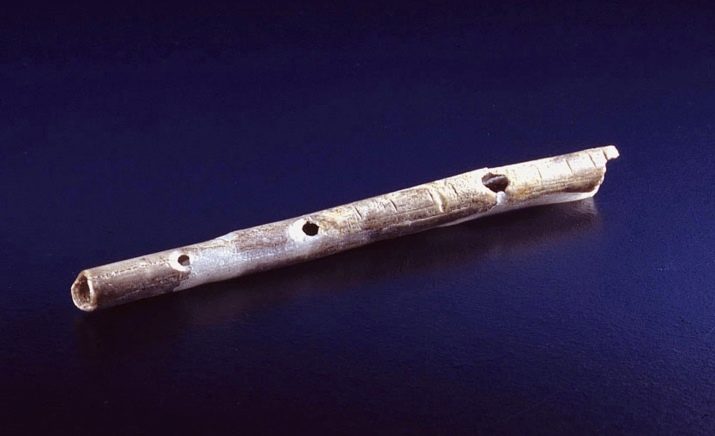
In the past, bamboo and porcelain tools were about equally common, but now only the more practical bamboo is used.
The upper face of the xiao is equipped with a hole tilted inwards. When playing, air enters through it. Older versions had 4 finger holes. Modern Chinese flutes are made with 5 passages on the front surface, and you can still wind your thumb from the back. Dimensions can vary quite a lot in certain areas of China, the typical sound range is almost equal to a couple of octaves.
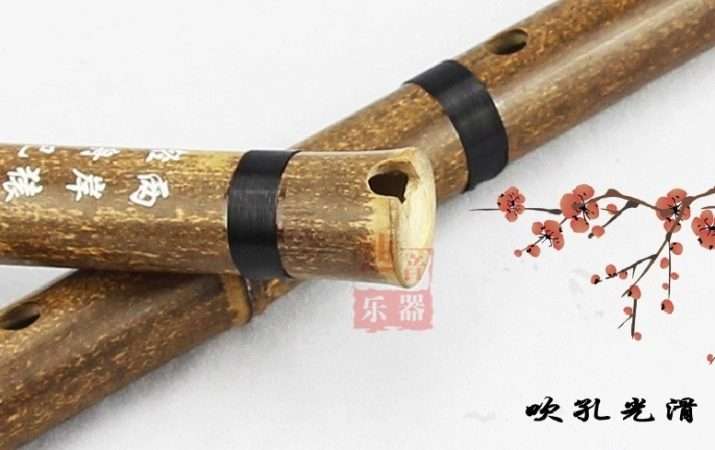
Kinds
The historic Chinese region of Jiangnan – almost congruent with the modern Yangtze Delta – is distinguished by the zizhu xiao variant. They are made from black bamboo. Since such instruments are made from barrels with elongated internodes, such a flute reaches a great length. The classical dongxiao flute, common in southern Fujian and Taiwan, is made from thick-stemmed bamboo. There are several species of bamboo trees with these characteristics.

Experts believe that the traditional transverse flute was created first of all by the Qiang people, who are the ancestors of the modern population of Tibet. Then she lived in the center and south of Gansu, as well as in the northwest of Sichuan. It is generally accepted that xiao of the high medieval period almost completely coincides in appearance with modern samples.
In the 20th century, xiao modifications began to be made with 8 channels, which makes it easier to take a number of fingerings.
This became possible under the influence of European approaches.
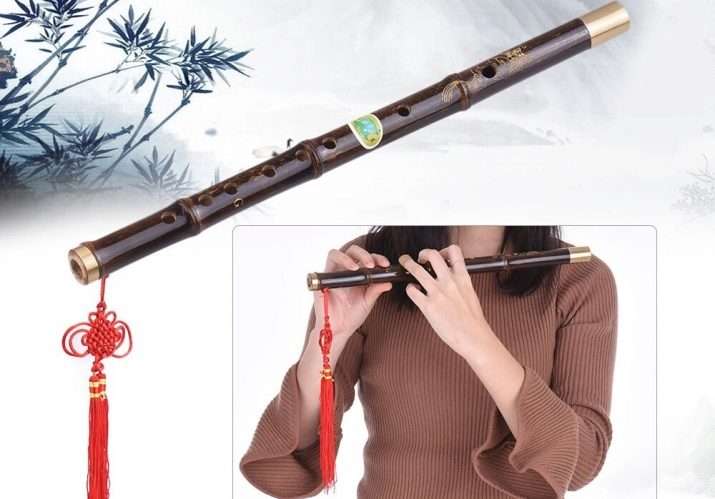
The ease of manufacture of the tool determines its popularity. Authentic traditional xiao, as already mentioned, is made from bamboo. However, there are alternative designs:
- based on porcelain;
- from hard stone (mainly jadeite and jade);
- from ivory;
- wooden (now they are becoming more popular).
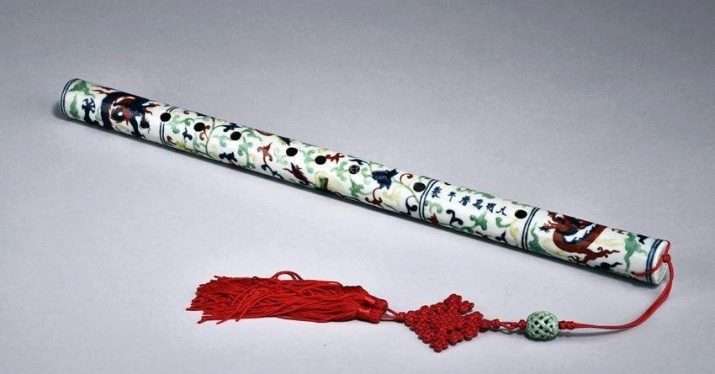
The two main types are northern xiao and nanxiao, common in the southern provinces of China. In the phrase “northern xiao”, the epithet “northern” is often omitted. The reason is clear – such a tool is found not only in the northern parts of the country. The classic version of the design is quite long. It can vary from 700 to 1250 mm.
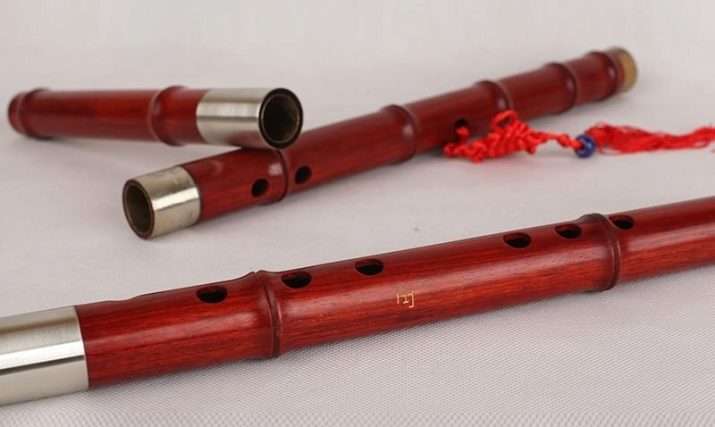
Nanxiao is shorter and thicker. Its top edge is open. Southern flutes are obtained using the root section of yellow bamboo. For your information: such a tool is often called a chiba. It is known that he came to the Korean Peninsula in the past, and then to the Japanese Islands.
The execution of the labium allows us to divide nanxiao into 3 main categories:
- UU (easiest for beginners);
- UV;
- v.
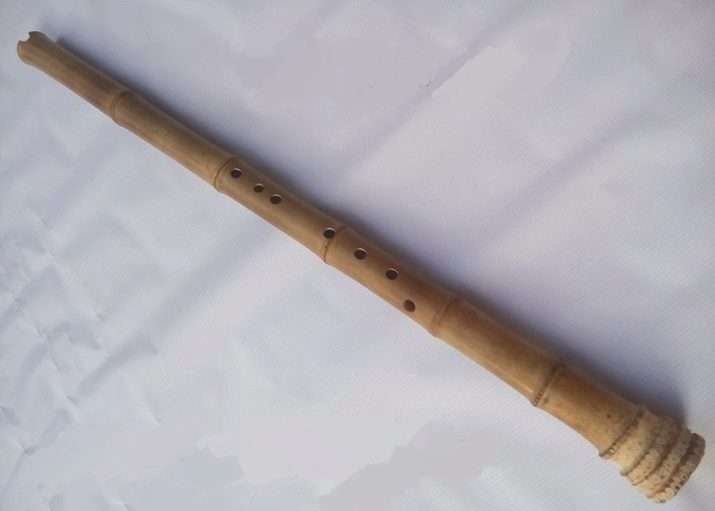
Nanxiao is historically woven into sizhu music. It was performed by amateur orchestras that spread during the Ming and Qing dynasties. This musical tradition is still widespread today. It is characterized by speed, clear rhythms. But sometimes sizhu is combined with simple xiao.
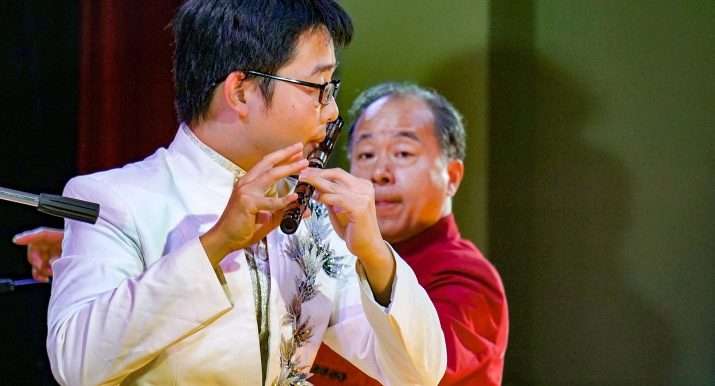
However, the latter no longer belongs to the folk, but to the high classical branch of Chinese culture. If such an instrument is introduced into the orchestra, then it always interacts with the guqin zither. Since their combination has been practiced for thousands of years, today the repertoire of the Chinese flute of the northern type is represented mainly by slow, smooth compositions.
In the past, xiao was considered an attribute of hermits and especially wise people, and, in addition to concerts, it was widely used in meditation.
In part, such practices persist today – but already as part of the game itself.
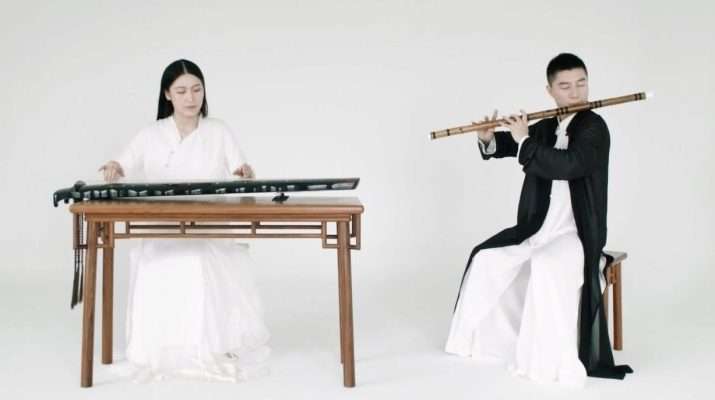
sound
Classical music performed on the Chinese flute is very diverse. The reviews say that it gives a deep and water-like sound. It is slightly hoarse, but does not lose its expressiveness. Low tonalities create a feeling of peace and tranquility. In the literature of ancient China, such flutes were considered the embodiment of mild sadness.
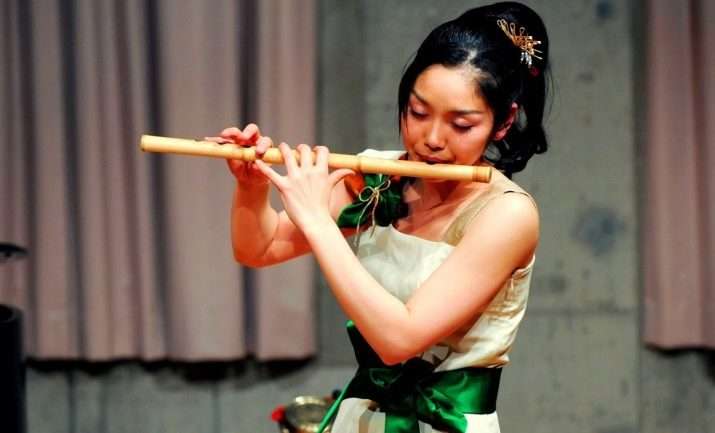
How to play?
The key note, unlike European instruments, appears when the octave valve is closed. Depending on the number of channels, 2 or 3 holes are closed from above. It is very important to develop the skill of diaphragmatic breathing.
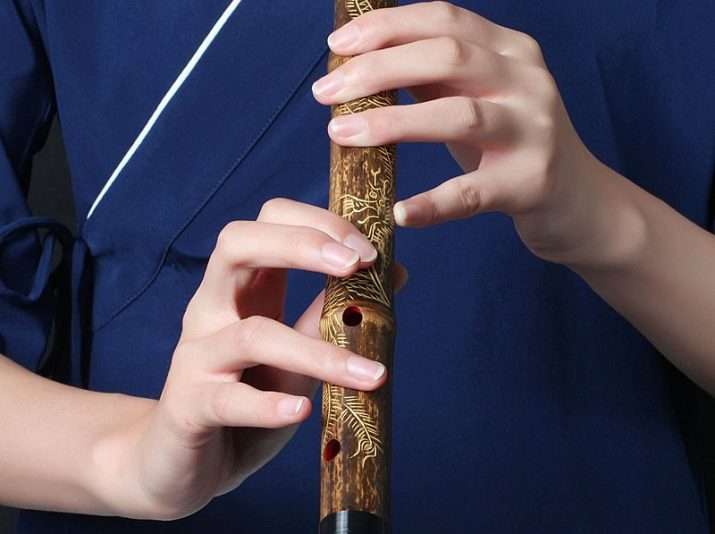
Recommendations:
- coordinate the action of the oral and abdominal muscles;
- give out a stable air flow through a small interlabial distance;
- avoid too strong breaths;
- moisturize lips;
- not be afraid to experiment (every Chinese flutist still goes in his own way).
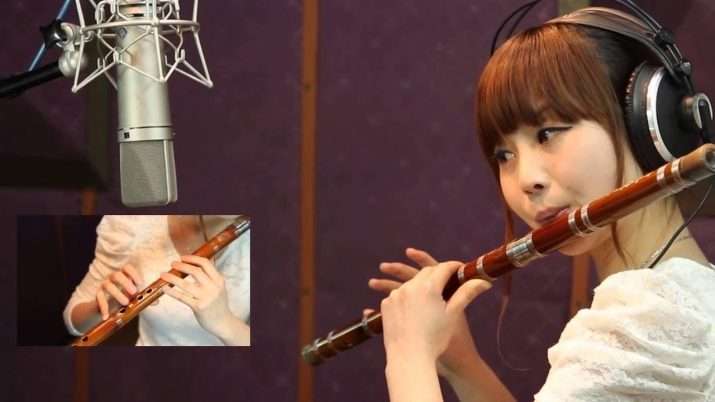
More interesting information about the Chinese xiao flute can be found in the following video.



